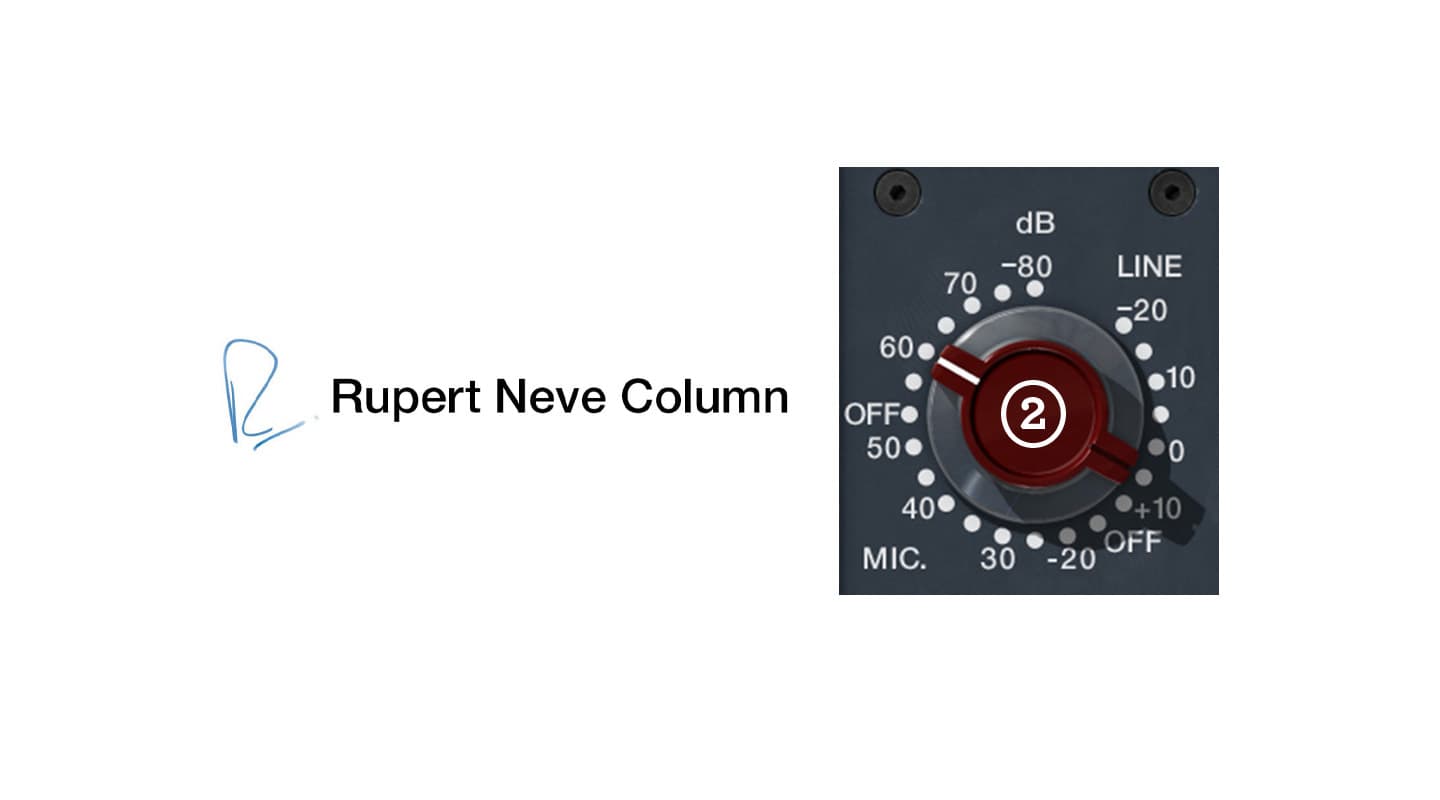
Rupert’s Word: Acoustic and Electrical Noise
Acoustic and Electrical Noise
Pursuing our theme of getting started in the business of sound quality, let’s look at noise… Many studios involved with music recording pay little attention to acoustic noise or regard it as inevitable. True, the cost of silence is high and for most run-of-the-mill stuff, with close microphones and loud instruments, studio noise is okay if it can’t be heard below the music. But it comes into this mysterious category: if we can’t hear it, can it influence the musical quality?
I was in a music studio making a simple speech recording not long ago. Acoustic noise from the air conditioning plant was evident — both airborne and coming through the floor as plant noise. They had never been bothered with it before, since they never made simple speech recordings.
This form of acoustic noise, as with all sounds, actually exists as minute changes in atmospheric pressure. They are measured in units called the Pascal (Pa), named after an amazing French gentleman, Blaise Pascal. Born in 1623, Pascal lived for a short 39 years during which time he invented the first adding machine, discovered that atmospheric pressure changes with altitude, and formulated Pascal’s Law for pressure applied to confined liquids. He investigated the geometry of infinitesimals, emphasising empirical experimentation as opposed to an analytical approach. His discoveries led him to a deep Christian conviction and he argued that man must turn to faith because reason alone is insufficient to understand the Universe [1] — which is also my own view!
Acoustic sound levels are often expressed in terms of ‘SPL’, which stands for Sound Pressure Level. This is simply a measurement of the atmospheric pressure (related to a sound, of course!) in Pascals converted into a decibel value using the threshold of audibility as the reference. Therefore, 0dB SPL becomes the threshold of audibility and represents the softest sound that can be heard by the average human (equivalent to 0.00002 Pascals!). General conversation has an SPL of around 65dB (at one metre) while, at the upper extreme, 130dB is considered the threshold of pain.
The effects of noise depend not only on its level but also on its frequency, because human hearing is more sensitive to some frequencies than others. When measuring the background noise level of a studio, it is common to take a series of SPL measurements, each measuring the noise level in different octave bands. From this, a curve of SPL versus frequency can be plotted and compared against a set of industry standard Noise Criteria (NC) curves [2], as shown on the accompanying graph. The average urban home has background noise levels between NC25 and NC35, while a quiet church will be between NC20 and NC30. A studio should conform to the NC20 curve or lower.
The ground rules for reducing acoustic noise are simple: sound isolation requires distance or mass and a perfect air seal. Every time you double a wall’s thickness (approximately doubling its mass) you get a 6dB improvement in isolation. Similarly, the Inverse Square Law says that every time you double your distance from a sound source, you will get a 6dB reduction in level [3]. Real life tends to be a little more complex because the sound source is not that easily defined and noise leaks in through doors, windows, air conditioning, etc. Silence gets very expensive.
Microphones and their associated amplifiers also produce noise — electrical noise. Let’s check out the basic parameters to see if this form of noise is important.
The self-noise of a good capacitor microphone is in the region of 17dBA, which represents noise from its own amplifier and from the viscous air-damping resistance between the diaphragm and the fixed electrode. This produces an electrical noise output ‘signal’ which, in this example, is the equivalent of the microphone picking up a Sound Pressure Level of 17dB A-weighted [4] — that’s 17dB above the threshold of audibility, assuming you have a totally silent studio.
The sensitivity of this microphone is given as 15mV/Pa. Knowing this and the self-noise, it is possible to calculate the noise output in dBu. For example, when the microphone output is 15mV it represents a sound pressure of 1Pa, which is 94dB SPL [5]. If the self-noise is equivalent to 17dBA, then the noise output will be 94 – 17 = 77dB below 15mV. (SPL and voltage use the same dB formula, so a 77dB drop in SPL also represents a 77dB drop in voltage.) A drop of 77dB is equivalent to multiplying the level by 0.00014, so the electrical noise output will be 15mV x 0.00014 = 0.0000021 volts! Converting this voltage to dBu (where 0dBu = 0.775 volts), results in a noise level of -111.3dBu.
In comparison to the capacitor microphone, a dynamic microphone has no internal amplifier and — although its electrical analogue is quite elaborate — we can take it as being a substantially resistive source. Typical sensitivity for a dynamic microphone is 1.7mV/Pa with an impedance of 200 ohms. The noise is substantially that of a 200 ohm resistor at 20° Celsius and applying a 12.5kHz bandwidth factor (which relates to a unity gain A-weighting network for frequencies up to 20kHz), the noise is 202 nanovolts [6]. Converting this voltage to dBu, we get the figure of -131.7dBu, representing the basic noise figure for a 200 ohm resistance.
The dynamic microphone is, therefore, mostly dependent on the console’s microphone amplifier for its noise performance, which is usually specified as Equivalent Input Noise (EIN) for a given source resistance (in the practical case this is the microphone itself). At medium to high gains a good microphone amplifier has an EIN of between -126dBu and -130dBu for a 200 ohm source. The nearer we get to the basic resistor noise of -131.7dBu, the better. We don’t need the same weighting curve, as the noise spectrum is not very different to that of a resistor.
The sensitivity of a typical dynamic microphone is 1.7mV/Pa. Compare this with 15 mV/Pa for the capacitor microphone quoted above; a difference of 18.9dB (at 1kHz). A true comparison would take into account not only the difference in sensitivity but also the console amplifier noise performance, input impedance and different noise spectra. However, with reference #6 in mind, we can generalise and get a near equivalence:
20 x log(202nV/1.7mV) = -78.5dB

The microphone produces 1.7mV for one Pascal, which equals 94dB SPL. Thus, its self-noise will be 78.5dB lower than 94dB, equivalent to a noise value of 15.5dBA.
So the noise output from the capacitor microphone in a silent studio is 17dBa, while the noise output from the dynamic microphone in a silent studio is 15.5dBA. Apparently not much difference. And studio noise, even at levels as low as NC20, is generally high enough to swamp all but the noisiest of microphones or microphone/amplifier combinations.
Any equipment designer will point out that I’ve cut a few corners and made a few assumptions that are not strictly accurate. But it’s all within about 1dB and gives you an idea of the relative significance of the various noise sources.
Noise is very important. Signals that lack ‘transparency’ usually have a high noise content — even if the music is so loud that you can’t actually hear the noise. The nature of the underlying noise spectra and the measures the microphone designer has adopted to deal with frequency response also have a great influence on quality, particularly in the case of capacitor microphones. Weighting curves are a helpful attempt to take human hearing into account but they are at their best on paper. The experienced listening professional is not easily fooled.
1. Mostly from the N.S.A. Family Encyclopedia , but several others concur.
2. In Europe the NR curve is used — a near equivalent. For example , NC20 and NR20 are both weighting curves which pass through the 20dB SPL poin at 1kHz.
3. Not, of course, in the reverberant field.
4. ‘A weighted’ means an ‘A weighting network has been applied to the measurement, to take into account the variation of human hearing with frequency. IEC 179 , DIN 45 634 and ANSI SI.4 are the classic weighting curves, although some microphone manufacturers quote CCIR 468 , which sharply accentuates frequencies between 1kHz and 15kHz and specifies peak as opposed to RMS average reading. In my opinion CCIR 468 is unrealistic for most amplifier noise measurements. As Schoeps succinctly put it in their microphone data sheets: “The CCIR 468 (peak, qps) results in figures which are approx. 10dB less favourable than those using A-weighting (rms).”
5. Threshold of hearing is 0.00002Pa, which is our SPL reference point for OdB. Thus, 1Pa converted to SPL=20xlog(1/0.00002) = 94dB above threshold.
6. See ‘Microphone Engineering Handbook’ edited by Michael Gayford, Focal Press , ISBN 0 7506 1199 5. Chapter 8 by Peter Baxandall, Section 8.3.11 is an excellent treatment on microphone noise and other characteristics.

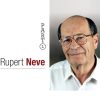
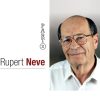








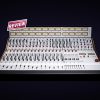




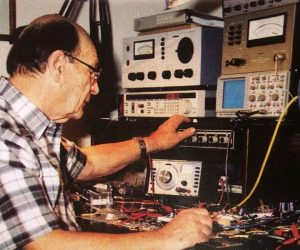



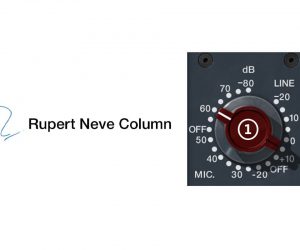
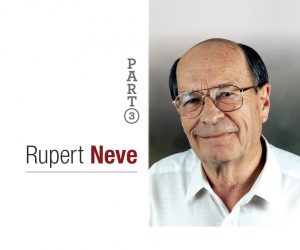




RESPONSES